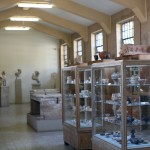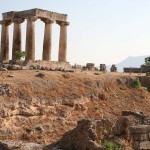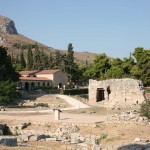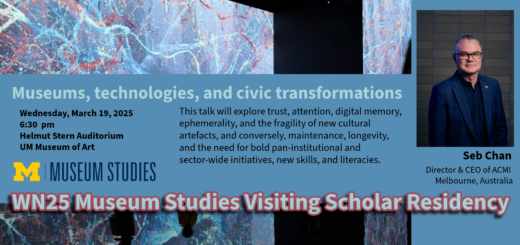A Postcard from Ancient Corinth
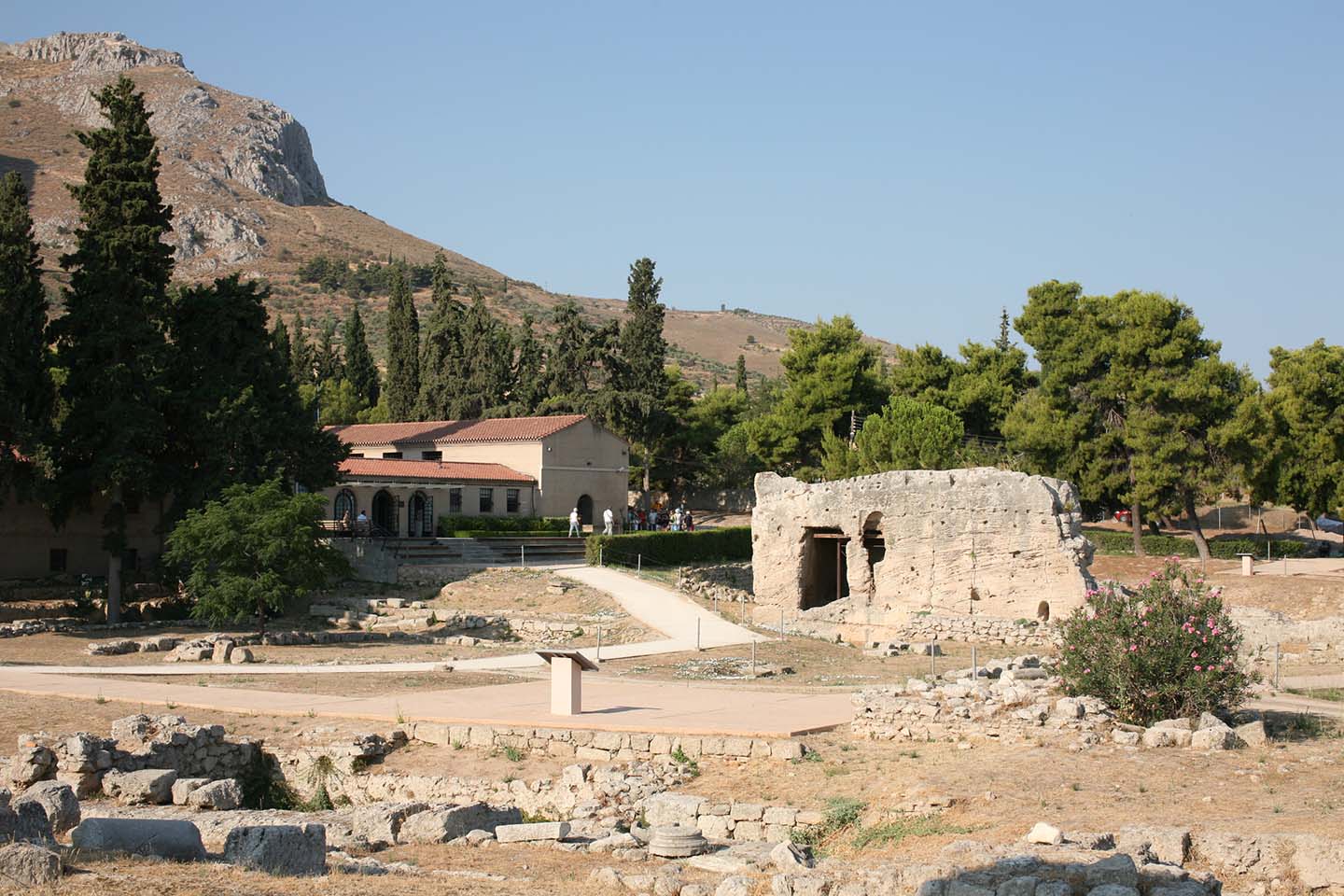
This Letter from the Field was shared with us by Katherine Larson – MSP10.
It’s 10:30 am on a warm, sunny July morning in Greece, and I walk out of the museum at the archaeological site of Ancient Corinth on a quest for my daily frappe. Exchanging friendly nods and “kalimeras” with the guards, I squeeze by a hoard of French school children, which has just arrived by bus to see the site. I pass the Temple of Apollo, the most monumental and recognizable ruin on the site; in January, the 37th Ephorate of Prehistoric and Classical Antiquities, the branch of the Greek government which administers the site and museum, installed a lighting system to illuminate the forlorn columns, lending them an air of grace and majesty in the village night. Perhaps never a city which prided itself on great works of marble architecture as did its rival Athens, nor its oligarchic military system as its sometime ally Sparta, Corinth was nevertheless one of the most important cities in the ancient Greek world until it was sacked by the Roman general Mummius in 144 BC, after which it became a Roman colony in 46 BC and flourished for several hundred years more.
Thanks to ongoing excavations since 1896 under the auspices of the American School of Classical Studies, Ancient Corinth has regained some of its lost luster and generated abundant scholarship about daily life, war, religious practice, death and burial, cultural identity, and the rise and fall of empires in this famous ancient city. For my practicum experience, I am working with the 117 years’ worth of archaeological material found during American School excavations, primarily inventorying objects for future research by scholars and digitizing this information to make it available to the public through the Corinth Excavations website. During my four months here, I have examined Hellenistic and early Roman glass, Late Roman pottery and lamps, and Byzantine and Frankish coins, gaining a sense of the lives of the people who have lived in Corinth over the last three millennia–a group to which I now belong.
My experience at Corinth has been intellectually stimulating and personally enriching and I have enjoyed getting to know Corinthians of all ages, backgrounds, and nationalities while living in a small Greek village whose economy is based on tourism and agriculture. Monetary grants from the European Union have bolstered museums and cultural sites all over Greece in the last fifteen years, and Corinth has undoubtedly benefited from the investment, although it still has some catching up to do before it rivals other Greek archaeological museums, which have more fully adopted 21st century museum practice. In the Museum Studies proseminar, we regularly discussed abstract issues like cultural heritage, sustainable tourism, and balancing visitor expectations against education; in Corinth, these ideas are brought to life, weighed against the daily realities of museum practice which always seem to come down to maximizing perpetually limited human and financial resources and navigating politics from the personal to the international. The Corinth Museum–like the archaeological materials within it – is at once a relic of the past and a quite modernist creation, the product of decades of legacy values colliding with modern practice in unexpected and unintended ways.

